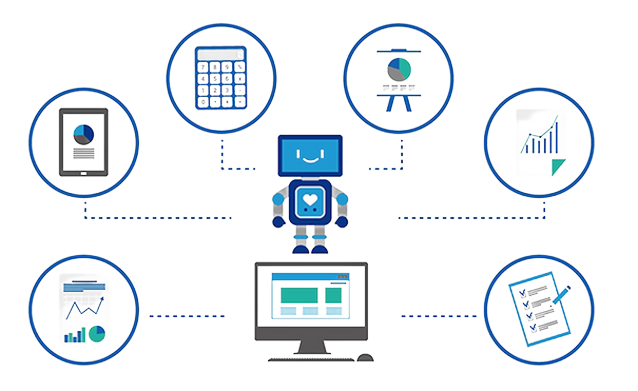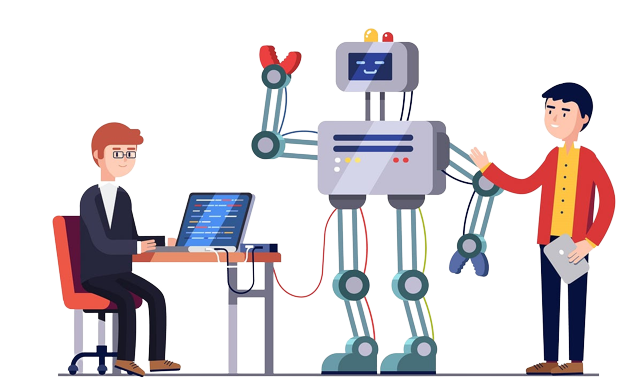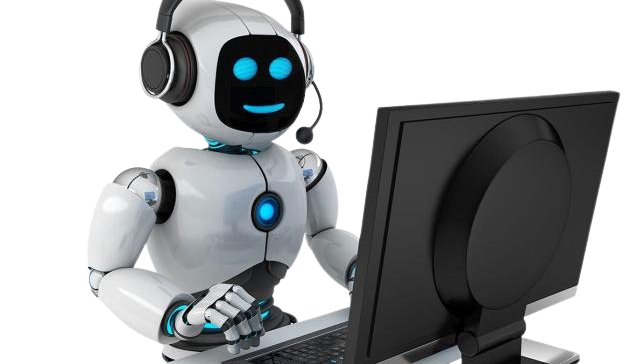Robotic Process Automation (RPA) is software technology that’s easy for anyone to use to automate digital tasks. With RPA, software users create software robots, or “bots”, that can learn, mimic, and then execute rules-based business processes. RPA automation enables users to create bots by observing human digital actions
Robotic Process Automation (RPA) is software technology that’s easy for anyone to use to automate digital tasks. With RPA, software users create software robots, or “bots”, that can learn, mimic, and then execute rules-based business processes. RPA automation enables users to create bots by observing human digital actions.
Show your bots what to do, then let them do the work. Robotic Process Automation software bots can interact with any application or system the same way people do—except that RPA bots can operate around the clock, nonstop, much faster and with 100% reliability and precision.


Robotic Process Automation bots have the same digital skillset as people—and then some. Think of RPA bots as a Digital Workforce that can interact with any system or application. For example, bots are able to copy-paste, scrape web data, make calculations, open and move files, parse emails, log into programs, connect to APIs, and extract unstructured data. And because bots can adapt to any interface or workflow, there’s no need to change business systems, applications, or existing processes in order to automate.
RPA bots are easy to set up, use, and share. If you know how to record video on your phone, you’ll be able to configure RPA bots. It’s as intuitive as hitting record, play, and stop buttons and using drag-and-drop to move files around at work. RPA bots can be scheduled, cloned, customized, and shared to execute business processes throughout the organization.
Robotic Process Automation has a positive snowball effect on business operations and outcomes. RPA delivers measurable business benefits right out of the gate—think cost reduction, greater accuracy, delivery speed—then continues to add value as it picks up momentum and spreads across the organization. RPA improves business outcomes like customer satisfaction and enables competitive advantages by freeing humans to do what they do best—solving problems, improving processes, conducting analysis, and other value-added work—resulting in higher employee engagement and new revenue opportunities.
